15% off with DESIGN15
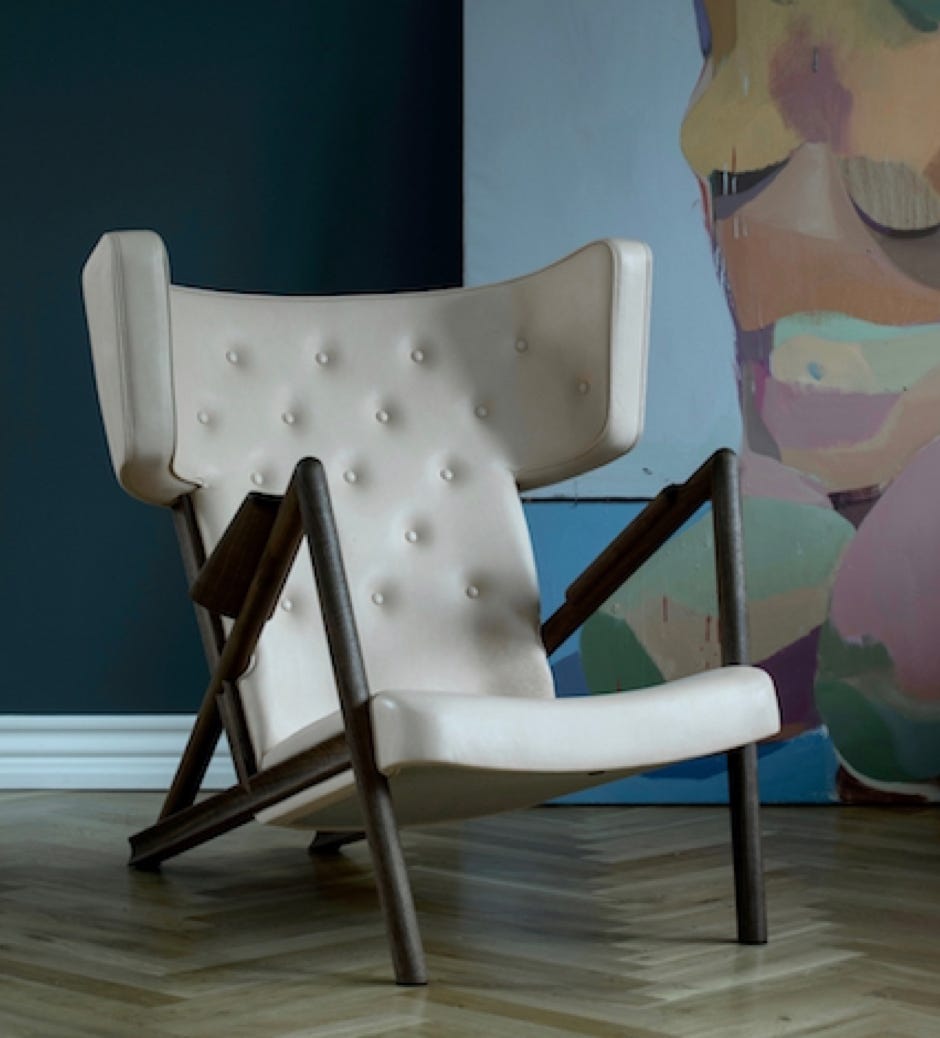
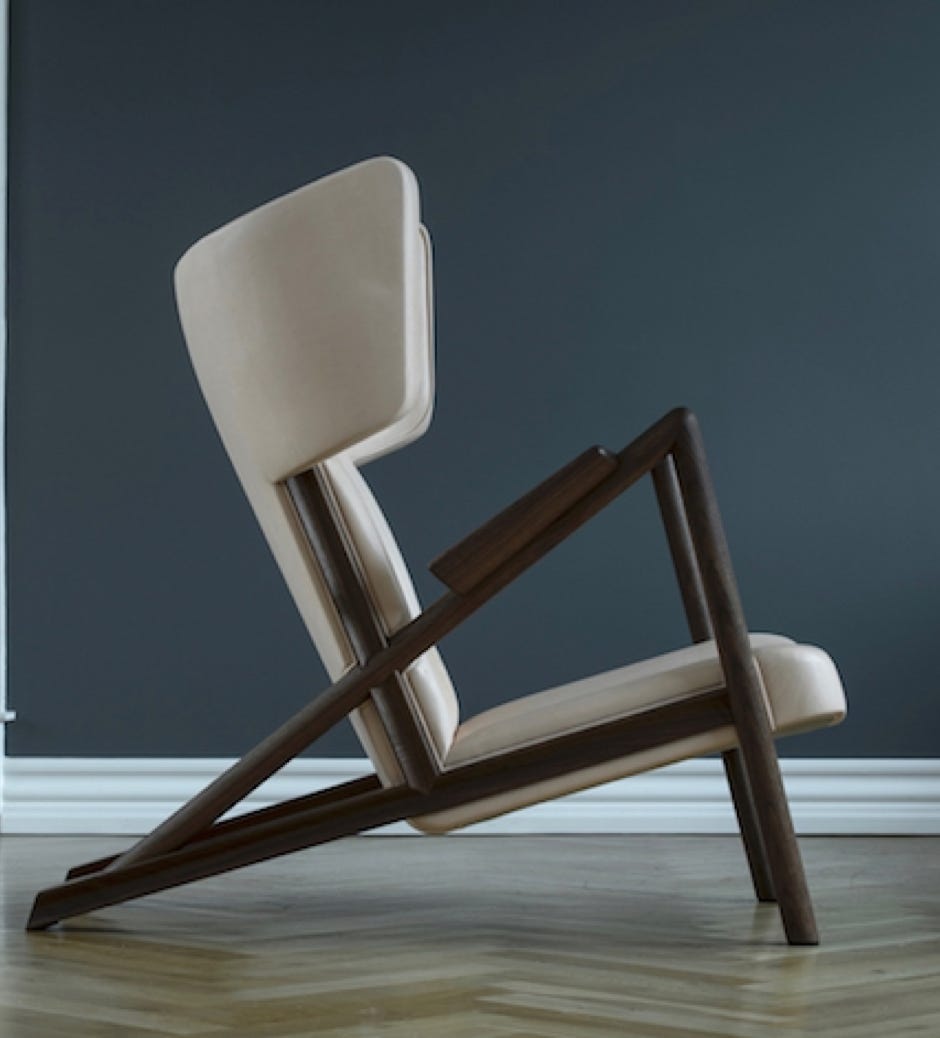
The Grasshopper was designed by Finn Juhl in 1938 and exhibited at Niels Vodder's stand at the guild exhibition. Two chairs were displayed alongside a mobile bar cabinet, with illustrations of exquisite cocktails hanging on the walls. This was quite a daring set-up and extravagant when compared to the otherwise "heavy" and traditional furniture that was presented at the time. However, people at the fair neither liked or understood the provocative exhibition. In order to help Niels Vodder avoid bigger loss, Finn Juhl bought the two chairs he had designed. The two Grasshopper Chairs from 1938 were the only ones to see the light of day. Until today.
The Grasshopper was one of Finn Juhl's first attempts at expressing his artistic freedom in the form of furniture. The chair also marks the first in a long line of designs, that would go on to manifest Finn Juhl as one of the all-time greatest in furniture design.
Standing in complete contrast to his contemporary colleagues, Finn Juhl was neither a trained cabinetmaker nor furniture designer, but had instead studied to become an architect. His lack of technical knowledge has most likely contributed to his furniture oozing of artistic freedom and expression. Finn Juhl was not constrained by what was possible, or impossible - and only with help from master cabinetmaker Niels Vodder, Finn Juhl's rudimentary drawings were translated into physical designs. Namely the Grasshopper is, despite its apparent simplicity, exceedingly hard to construct due to its tricky angles, joints and complex shapes.
Hans Henrik Sørensen, co-founder of House of Finn Juhl, expresses his thoughts about the chair:
"Ever since I bought the book "Håndværket viser vejen" (The Craftsmanship Leads the Way) as a teenager, in which the Grasshopper was depicted, I have always been fascinated by this expressive chair. When we were granted the exclusive rights to produce Finn Juhl's furniture, back in 2001, it seemed natural that exactly this chair should be brought back to life at some point. Despite Finn Juhl's original sketches it would take almost 20 years before we succeeded in producing the Grasshopper exactly as it was intended. Last year, we were fortunate enough to be able to measure one of the two original chairs. We are so grateful that we finally succeeded in manufacturing the chair - and we perceive the Grasshopper to be Finn Juhl's holy grail. The Grasshopper gives you the impression of something powerful and springy. Just take a look at how each part plays with shape and profile - the round and the concave that gently meets in a delicate joint".
The Grasshopper has already reached icon-status via numerous illustrations in the design literature. The only two existing chairs are perceived as some of the most prized collectibles within Danish furniture design. In November 2018, one of the two Grasshoppers was auctioned off for €319,000 at Artcurial in Paris. Each Grasshopper is sequentially numbered.
Dimensions W87 x D101 x H93 cm, seat height 34 cm
Materials oak or walnut frame, textile or leather upholstery
soaped oak
white oiled oak
oiled oak
clear lacquered oak
clear lacquered walnut
oiled walnut
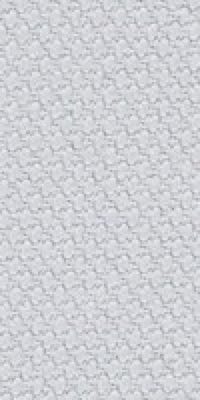





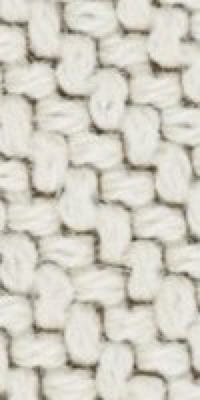


NB : The Grasshopper Lounge Chair is not available in Prestige leather (price group 1)
Finn Juhl

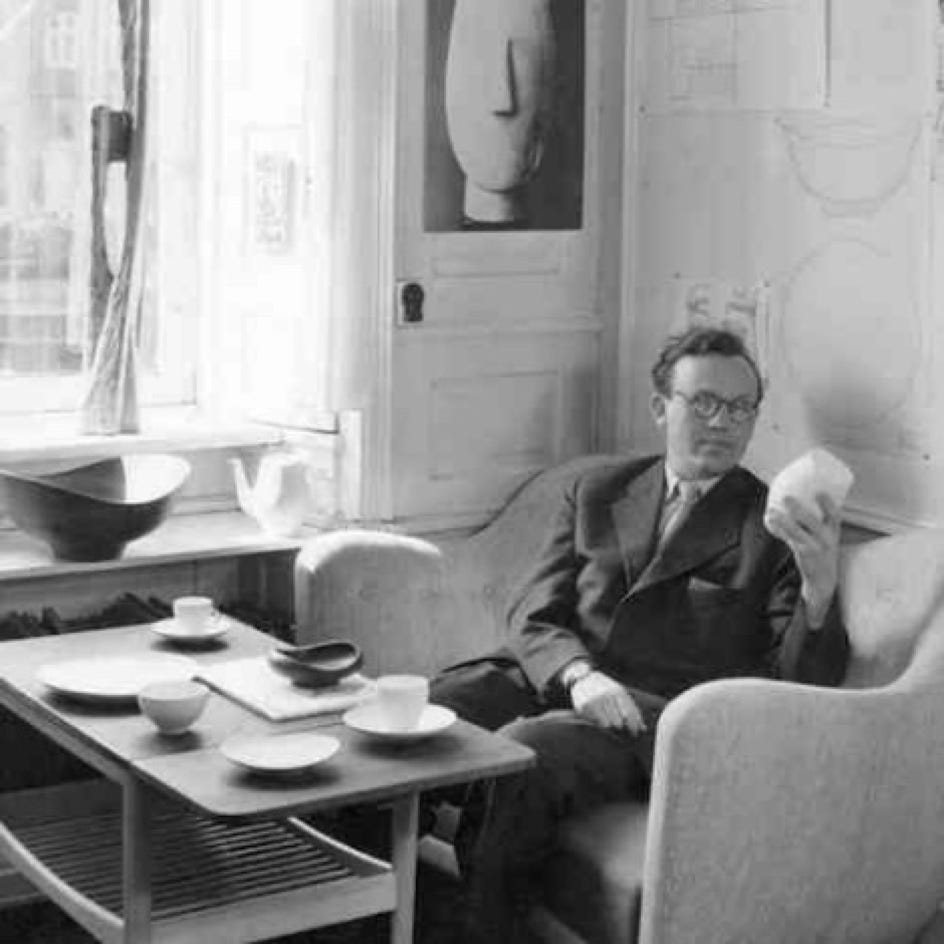
As a teenager, Finn Juhl (1912-1989) wanted to become an art historian, having a passion for the fine arts since childhood. His father stopped him and Finn Juhl started architectural studies. Later, when his fame as a designer of furniture acquired, he speaks of himself as an autodidact, in reference to this upset vocation that forced him to walk intellectually on a lonely way. His style owes much to this singular trajectory, with its non academic interpretation of art visible in his work. Finn Juhl started his studies in 1930, a key period which saw the birth of modern design and furniture.
His modern offices in central Copenhagen was greeting his visitors with a huge Japanese fish in paper, symbol of imagination. Rather than thinking in terms of practical construction, Finn Juhl had the mind-set of a sculptor, when he shaped a piece of furniture. In the 1940s and 1950s, this way of working had never been seen before. His ambition was to design furniture with movement and life.
Juhl took pride in making both the structurally supportive elements of the furniture and the seated person look as though they are floating. In some of his chairs, the backrest and the seat are almost invisibly joined, as if they were clouds floating through the room.
In creating his furniture, Finn Juhl worked with two elements: The carrying element, and the carried. He eventually became known for his special ability to separate the bearing parts from the borne. This is one of many examples of how he broke free from conventional working methods and found his inspiration in art.